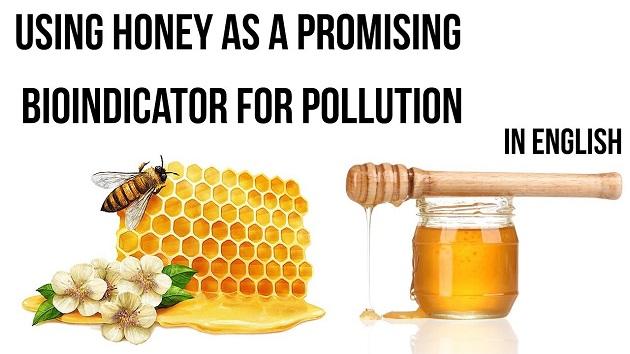Table of Contents
Why in News?
- Honey from urban areas can be used as biomarker to identify polluted localities, according to a study conducted by Pacific Centre for Isotopic and Geochemical research (PCIGR).
What is a Biomarker?
- A Biomarker is defined as a change in biological response, ranging from molecular through cellular and physiological responses to behavioral changes, which can be related to exposure to or toxic effects of environmental chemicals.
Honey as biomarker
- Analysis of samples
- Scientists tested for three major elements — Lead, Zinc, Copper.
- Since the honey bee collects nectar from within a range of three to four kilometers, it is easy to point the source for its contamination.
Other biomarkers
- Water hyacinth
- The uptake of heavy metals in this plant is stronger in the roots than in the floating shoots, states the study.
Latest Burning Issues | Free PDF





















 WhatsApp
WhatsApp